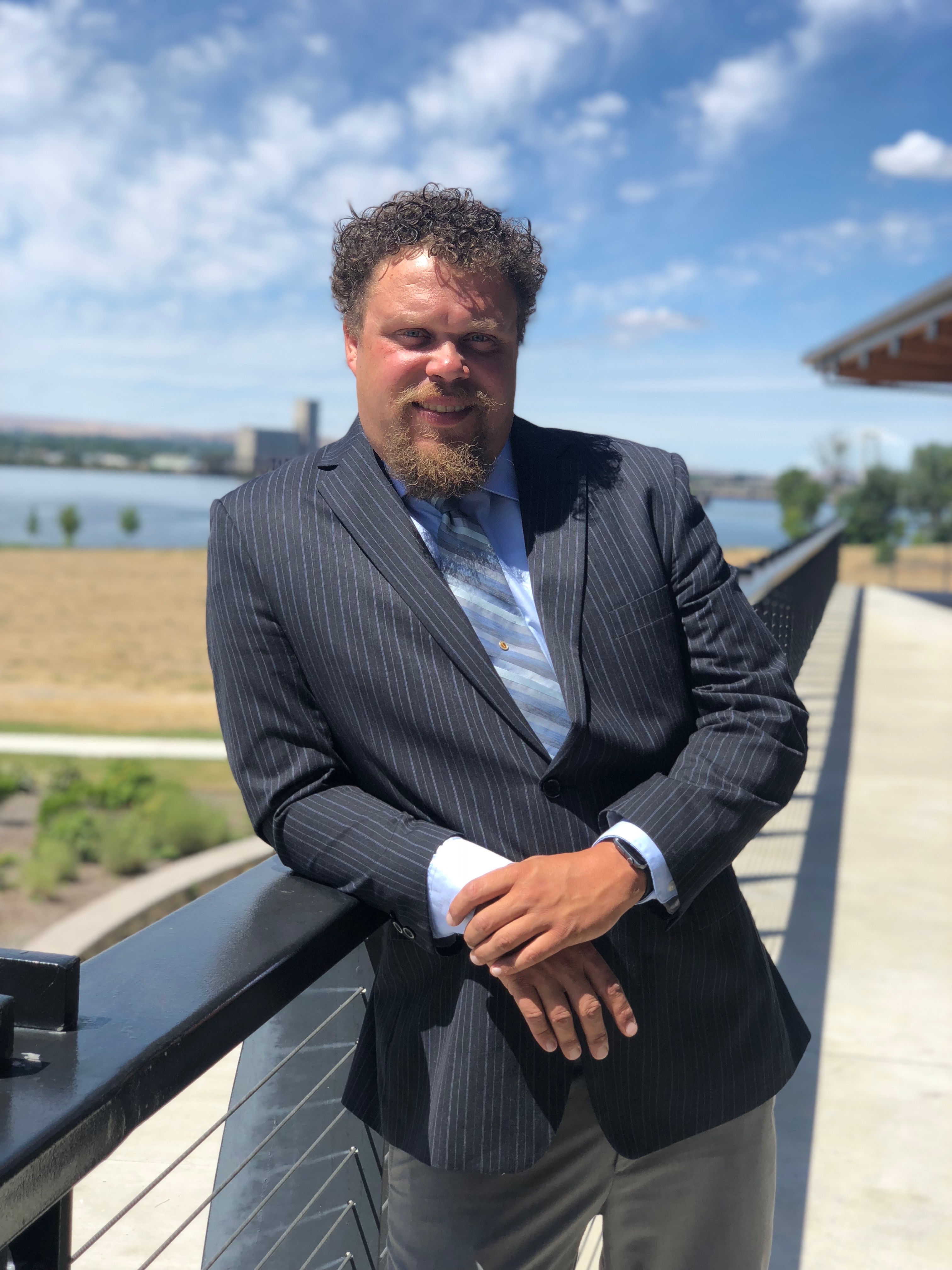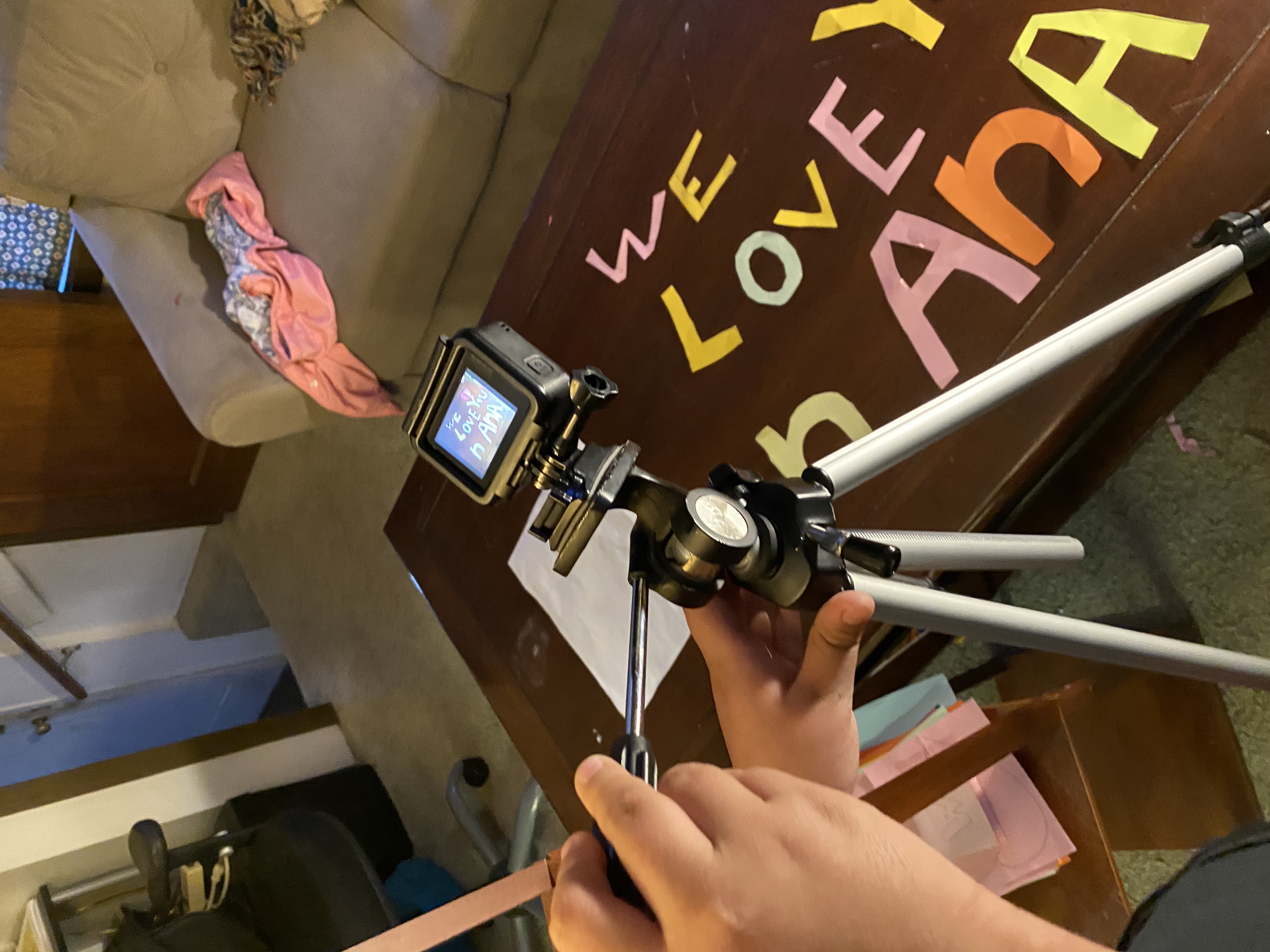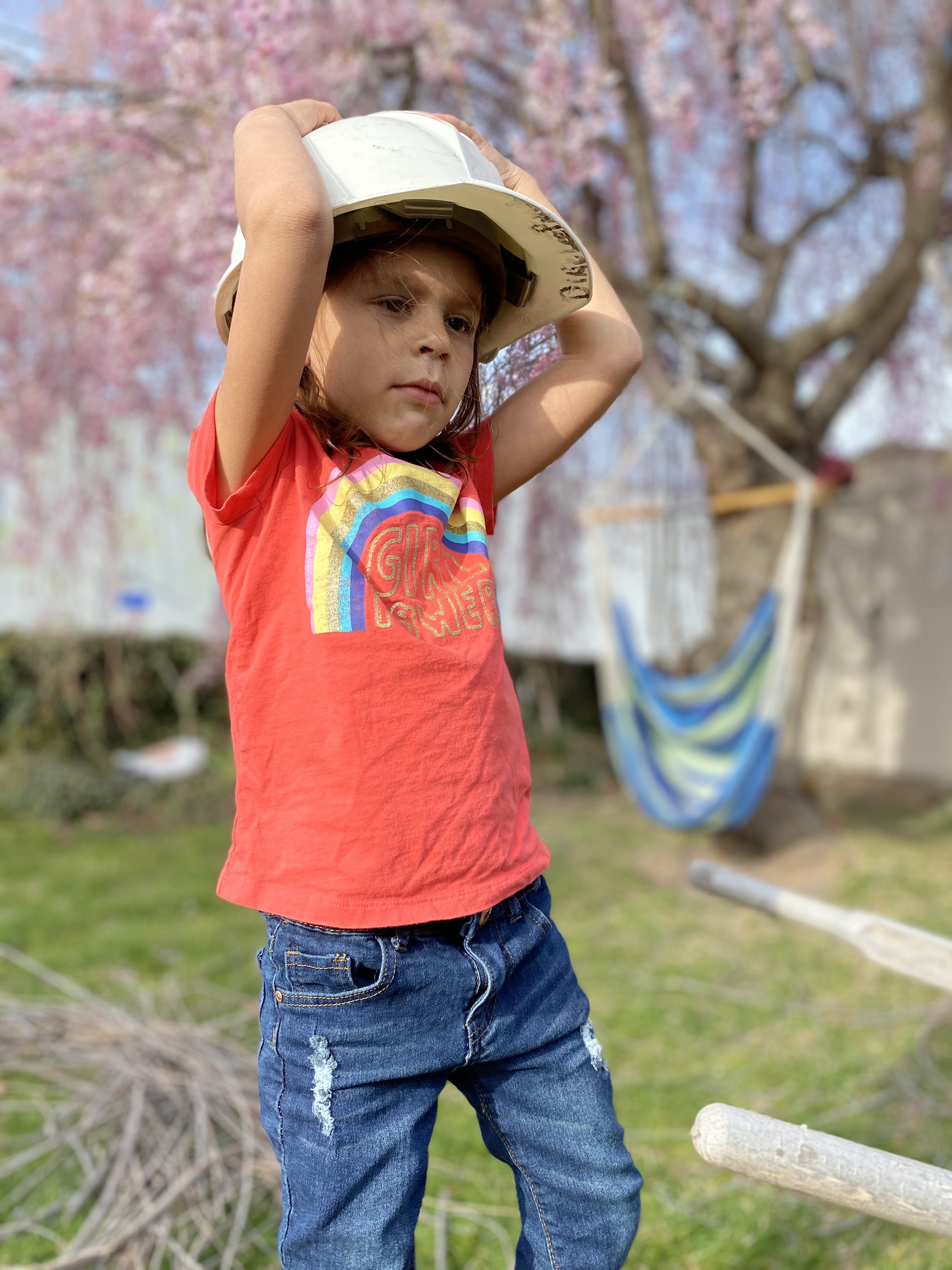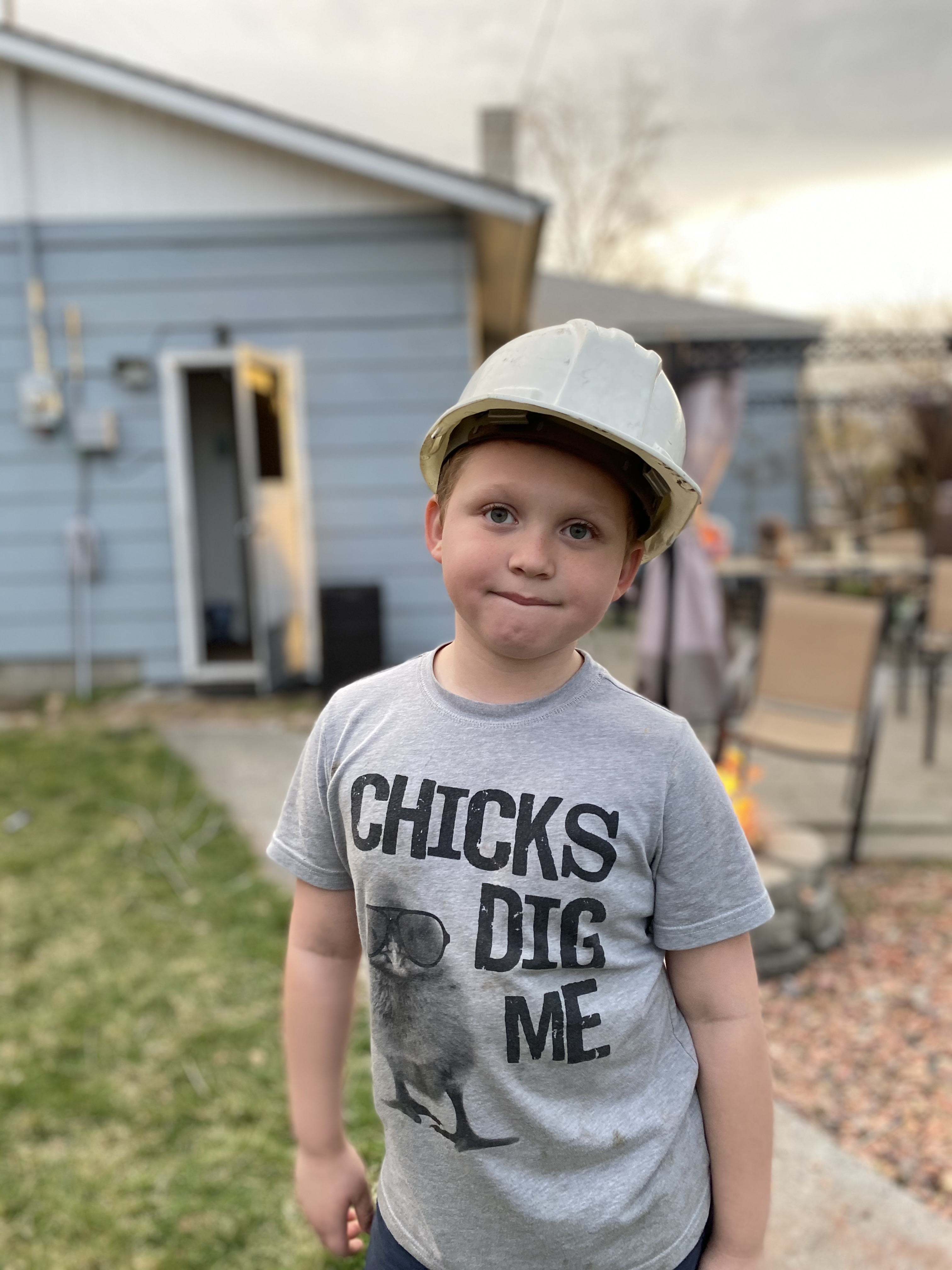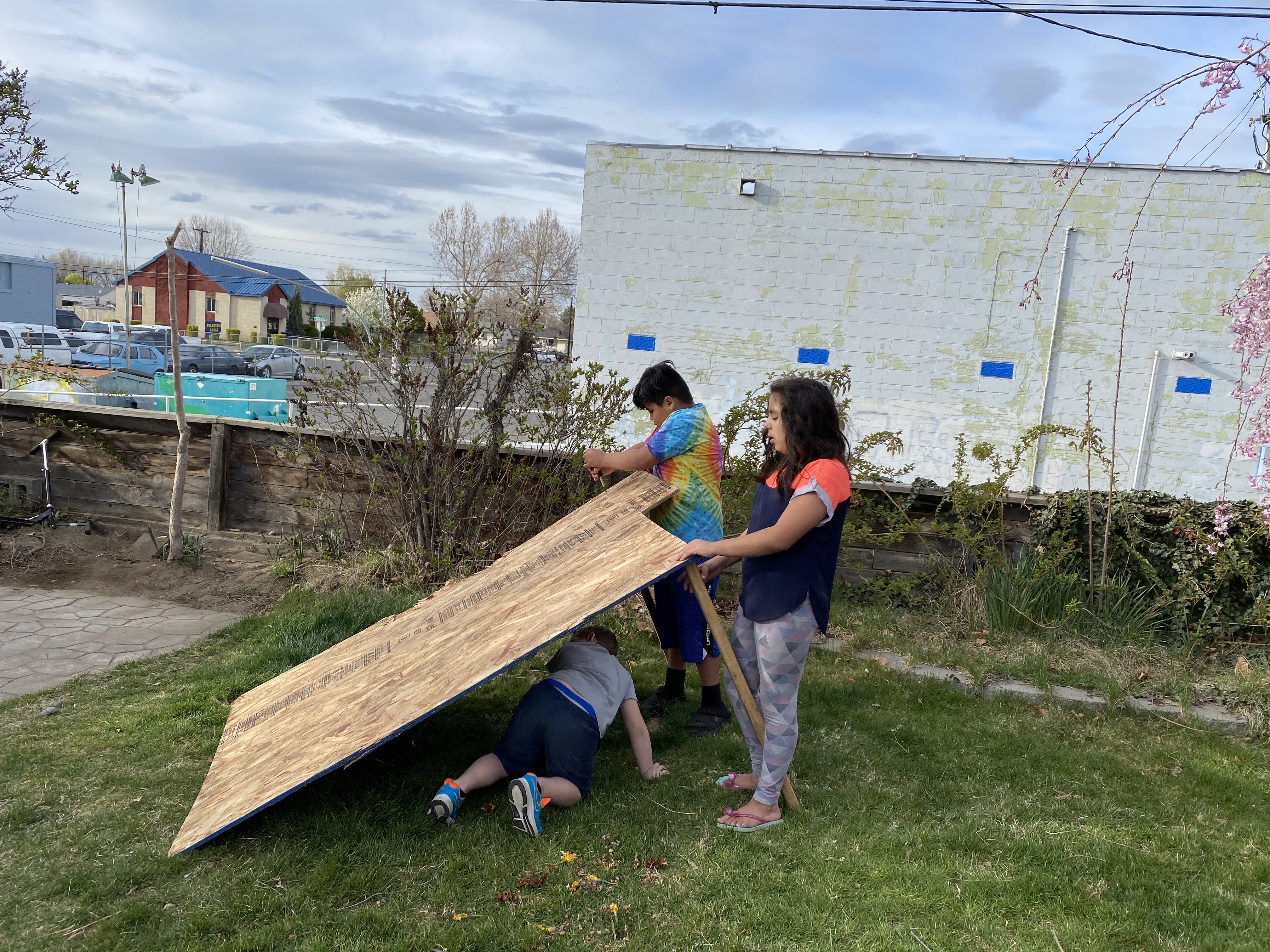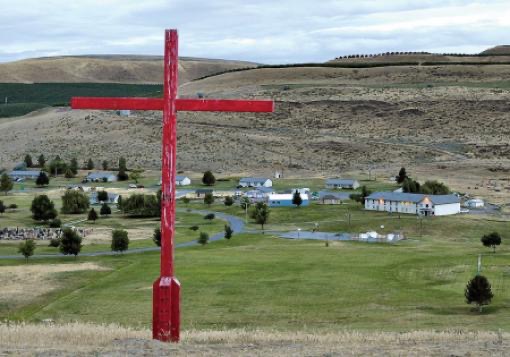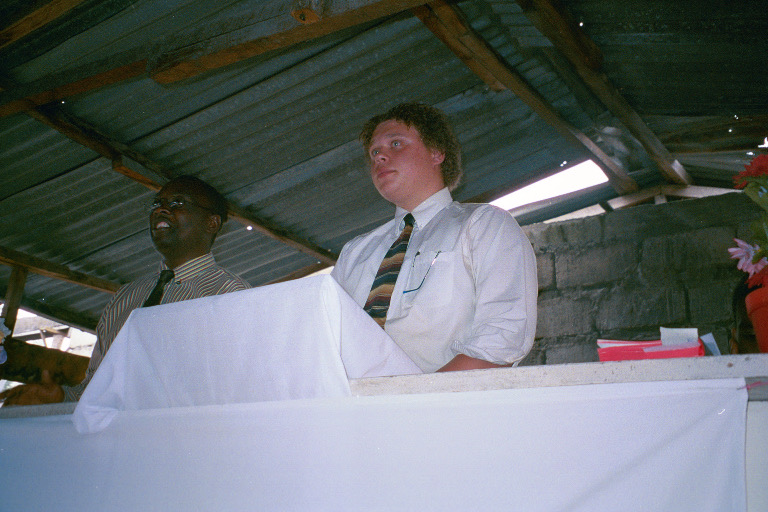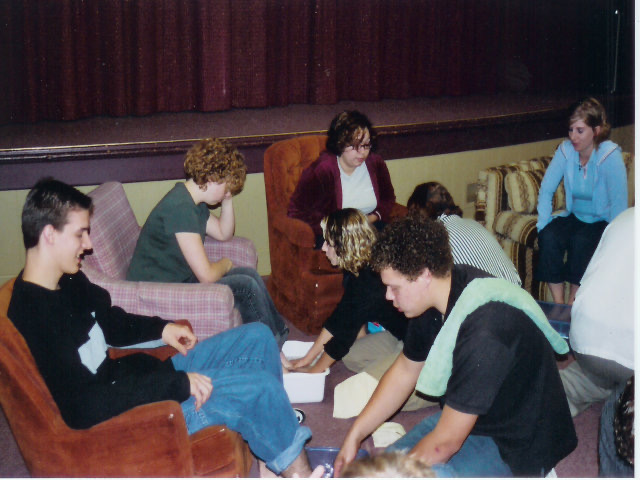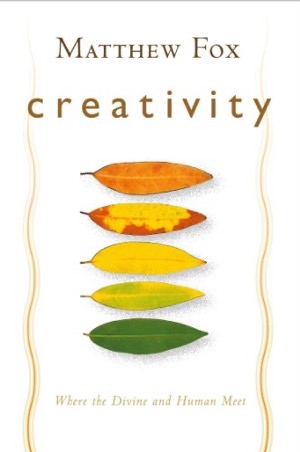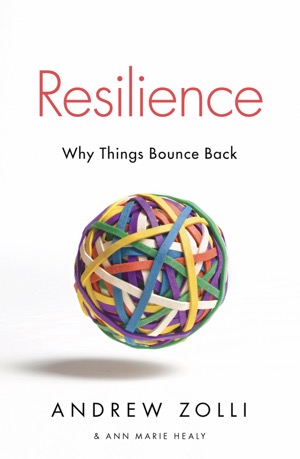Transdisciplinary Literature Reviews using Zotero, How I Manage References [YouTube Video]
Posted on Sunday April 5, 2020 by Jacob Campbell.
I’m currently enrolled in the California Institutes Integral Studies Ph.D. Program for Transformative Studies. It has been an incredible program so far, but it is a ton of reading and writing and requires that I stay organized with all of my sources. I’ve gone through a bit of quest looking at various reference software, including Mendeley, EndNote, ReadCube Papers, and ended sticking with Zotero. While as the software, it is not near perfect, it allows me to do most of my work from my iPad and integrate Siri Shortcuts and my writing process.
Montuori (2013) talking about the complexity of a transdisciplinary literature review describes four dimensions that a scholar should consider.
- inquiry-based rather than discipline-based;
- integrating rather than eliminating the inquirer from the inquiry;
- meta-paradigmatic rather than intra-paradigmatic;
- applying systems and complex thought rather than reductive/disjunctive thinking
I wanted to share some of how I am using Zotero to keep track of all of the research sources I am coming across.
First I do almost all of my writing in Drafts. I have a couple of academic tools. I have a CIIS writing actions tab in Drafts. Most of them are pretty basic, but can be useful. I have three different ones to copy HTML depending on what I am writing. When I am writing a paper I start all of them with metadata such as
[Current Date], [Selected Location Topic] - [Topic]
[Course ID] - [Course Title]
---
Course ID: [Course ID]
Course Title: [Course Title]
Date: [Current Date]
Location: [Selected Location]
Topic: [Topic Description]
---
# [Selected Location] [Topic]
**Topic**: [Topic]
**Date**: [Current Date]
**Title**:
---
I create all of this with a Siri Shortcut - CIIS New Writing which you can add if want to see how I set it up. It fills in the information for me so I don’t have to. The first two lines are how I save my text file to my OneDrive account later. The first line becomes the title of the document and second line is the name of the folder it is saved in for my OneDrive. When I do this more formal writing and want to copy it to Canvas to post it, Drafts converts it to HTML skips the first two lines and the metadata is converted to HTML metadata which isn’t shown in my post because I write it in YAML format.
My Drafts Action - View APA Paper HTML Preview. Basically it is print action that skips the first two lines of the draft. The CSS is set up to help show how many pages have been written in an academic paper written in Drafts. It is set up as double spaced text, with APA style headings.
Another action that I use is one I create is a Javascript script that counts the number of words that are selected - Word-Count of Selection. I have a number of other ones that I use. I wanted to give you a taste of what Drafts and Zotero can do.
Another Siri Shortcut that I just finished making Add Reference List Entry. It lets you search for articles within your Zotero account. You will have to set up an API key and get your Zotero user code.
Reference
Montuori, Alfonso. (2013c). The Complexity of Transdisciplinary Literature Reviews. An International Journal of Complexity and Education, 10(1), 45–55. https://doi.org/10.29173/cmplct20399
